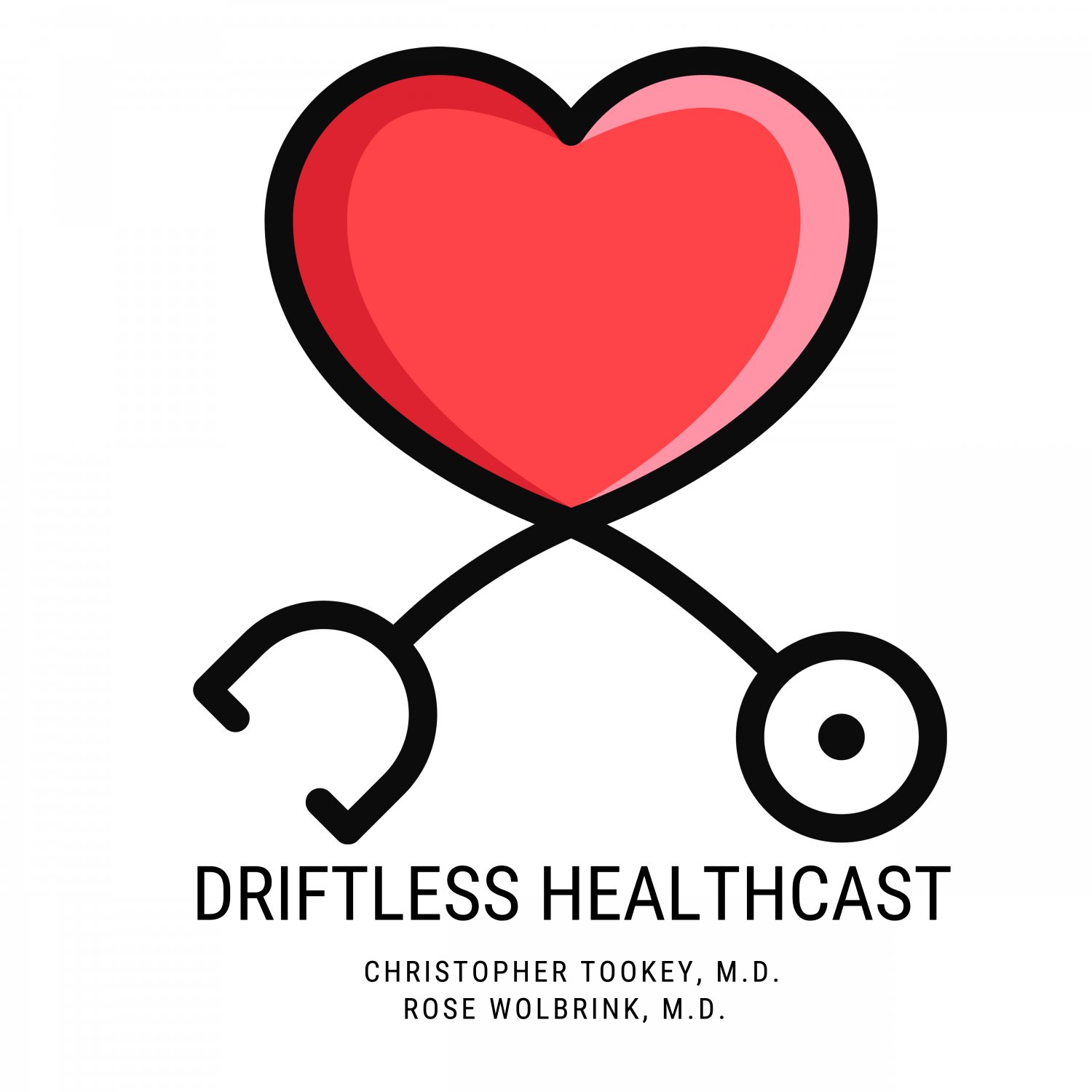Disability Insurance 101 - What You Need to Know: Types of Coverage
Update: 2025-01-18
Description
Hey everyone, Jason here with another episode of Disability Insurance 101. Today we're diving deep into the various types of coverage available when it comes to disability insurance. I've been in the insurance industry for over 15 years, and I can tell you that understanding these different coverage types is absolutely crucial when selecting the right policy for your needs.
Let's start with the fundamental distinction between short-term and long-term disability insurance. Short-term disability, or STD as we call it in the industry, is designed to help you through temporary disabilities that typically last a few months. Think about things like recovery from surgery, complications during pregnancy, or a broken bone. These policies usually replace about 60 to 70 percent of your base salary and typically last between three to six months, though some policies might extend up to a year.
Long-term disability, or LTD, kicks in when you're facing more serious or permanent disabilities. These policies are meant to protect your income for extended periods, potentially until retirement age. The benefit amount is usually similar to short-term disability, around 60 percent of your base salary, but the real value lies in the duration of coverage.
Now, let's talk about something that often confuses people: own-occupation versus any-occupation coverage. This distinction is absolutely crucial, and I've seen many clients caught off guard when they didn't understand the difference.
Own-occupation coverage is the gold standard in disability insurance. It means you're considered disabled if you can't perform the main duties of your specific occupation, even if you could work in another job. Let me give you an example: imagine a surgeon who develops hand tremors. Under own-occupation coverage, they'd receive benefits even if they could teach medicine or work in a medical administration role, because they can't perform their specific occupation as a surgeon.
Any-occupation coverage, on the other hand, only pays benefits if you're unable to work in any occupation for which you're reasonably qualified based on your education, training, and experience. Using our surgeon example again, if they could work as a medical consultant or administrator, they might not qualify for benefits under an any-occupation policy. This type of coverage is generally less expensive, but it's also much harder to qualify for benefits.
Let's move on to elimination periods, also known as waiting periods. This is the time between when your disability begins and when you start receiving benefits. Think of it like a deductible, but in terms of time rather than money. Typical elimination periods for short-term disability are usually around 7 to 14 days, while long-term disability policies often have elimination periods of 90 days or more.
Here's something many people don't realize: the longer the elimination period you choose, the lower your premiums will be. However, you need to carefully consider how long you could manage without income. Do you have enough savings to cover three months of expenses? Six months? This should inform your choice of elimination period.
Now, let's discuss benefit periods, which is how long your policy will pay benefits while you're disabled. For short-term disability, as I mentioned earlier, this is typically three to six months. Long-term disability benefit periods can vary significantly: some policies pay for two years, five years, ten years, or until retirement age, usually 65 or 67.
Something I always tell my clients is to really think about their age and career plans when choosing a benefit period. If you're 35, a five-year benefit period might not be sufficient protection for your income-earning years. On the other hand, if you're 60 and planning to retire at 65, a five-year benefit period might be perfect.
Let me share a real-world scenario I encountered recently. I had a client, a 40-year-old software developer, who was trying to decide between a policy with a 90-day elimination period and one with a 180-day elimination period. The premium difference was about $300 per year. We looked at his emergency savings, which could cover about four months of expenses, and he had a short-term disability policy through his employer that covered six months. In this case, the 180-day elimination period made perfect sense because his STD coverage would carry him through until the LTD benefits began.
Here's another crucial point about benefit periods: many policies include partial or residual disability benefits. This means if you can work part-time or at a reduced capacity, the policy will pay a portion of the benefit to help make up for your reduced income. This feature can be incredibly valuable during recovery periods or when dealing with progressive conditions.
Remember, when you're comparing policies, you need to look at all these elements together. A policy with own-occupation coverage and a lifetime benefit period might seem ideal, but it could be unnecessarily expensive if you have a robust emergency fund and are close to retirement. Conversely, trying to save money by choosing any-occupation coverage with a short benefit period might leave you vulnerable just when you need protection the most.
One last tip: don't forget to consider whether your policy is non-cancelable and guaranteed renewable. This means the insurance company can't cancel your policy or increase your premiums as long as you pay on time. This feature might cost more upfront, but it provides valuable long-term security.
I hope this detailed overview of disability insurance coverage types has been helpful. Understanding these different elements will help you make an informed decision when choosing your policy. If you have specific questions about your situation, I encourage you to work with a licensed insurance professional who can help you navigate these choices based on your individual needs and circumstances.
Thanks for listening to today's episode of Disability Insurance 101. Remember to subscribe for more in-depth coverage of all things disability insurance, and join me next time when we'll be discussing how to determine the right benefit amount for your needs.
Let's start with the fundamental distinction between short-term and long-term disability insurance. Short-term disability, or STD as we call it in the industry, is designed to help you through temporary disabilities that typically last a few months. Think about things like recovery from surgery, complications during pregnancy, or a broken bone. These policies usually replace about 60 to 70 percent of your base salary and typically last between three to six months, though some policies might extend up to a year.
Long-term disability, or LTD, kicks in when you're facing more serious or permanent disabilities. These policies are meant to protect your income for extended periods, potentially until retirement age. The benefit amount is usually similar to short-term disability, around 60 percent of your base salary, but the real value lies in the duration of coverage.
Now, let's talk about something that often confuses people: own-occupation versus any-occupation coverage. This distinction is absolutely crucial, and I've seen many clients caught off guard when they didn't understand the difference.
Own-occupation coverage is the gold standard in disability insurance. It means you're considered disabled if you can't perform the main duties of your specific occupation, even if you could work in another job. Let me give you an example: imagine a surgeon who develops hand tremors. Under own-occupation coverage, they'd receive benefits even if they could teach medicine or work in a medical administration role, because they can't perform their specific occupation as a surgeon.
Any-occupation coverage, on the other hand, only pays benefits if you're unable to work in any occupation for which you're reasonably qualified based on your education, training, and experience. Using our surgeon example again, if they could work as a medical consultant or administrator, they might not qualify for benefits under an any-occupation policy. This type of coverage is generally less expensive, but it's also much harder to qualify for benefits.
Let's move on to elimination periods, also known as waiting periods. This is the time between when your disability begins and when you start receiving benefits. Think of it like a deductible, but in terms of time rather than money. Typical elimination periods for short-term disability are usually around 7 to 14 days, while long-term disability policies often have elimination periods of 90 days or more.
Here's something many people don't realize: the longer the elimination period you choose, the lower your premiums will be. However, you need to carefully consider how long you could manage without income. Do you have enough savings to cover three months of expenses? Six months? This should inform your choice of elimination period.
Now, let's discuss benefit periods, which is how long your policy will pay benefits while you're disabled. For short-term disability, as I mentioned earlier, this is typically three to six months. Long-term disability benefit periods can vary significantly: some policies pay for two years, five years, ten years, or until retirement age, usually 65 or 67.
Something I always tell my clients is to really think about their age and career plans when choosing a benefit period. If you're 35, a five-year benefit period might not be sufficient protection for your income-earning years. On the other hand, if you're 60 and planning to retire at 65, a five-year benefit period might be perfect.
Let me share a real-world scenario I encountered recently. I had a client, a 40-year-old software developer, who was trying to decide between a policy with a 90-day elimination period and one with a 180-day elimination period. The premium difference was about $300 per year. We looked at his emergency savings, which could cover about four months of expenses, and he had a short-term disability policy through his employer that covered six months. In this case, the 180-day elimination period made perfect sense because his STD coverage would carry him through until the LTD benefits began.
Here's another crucial point about benefit periods: many policies include partial or residual disability benefits. This means if you can work part-time or at a reduced capacity, the policy will pay a portion of the benefit to help make up for your reduced income. This feature can be incredibly valuable during recovery periods or when dealing with progressive conditions.
Remember, when you're comparing policies, you need to look at all these elements together. A policy with own-occupation coverage and a lifetime benefit period might seem ideal, but it could be unnecessarily expensive if you have a robust emergency fund and are close to retirement. Conversely, trying to save money by choosing any-occupation coverage with a short benefit period might leave you vulnerable just when you need protection the most.
One last tip: don't forget to consider whether your policy is non-cancelable and guaranteed renewable. This means the insurance company can't cancel your policy or increase your premiums as long as you pay on time. This feature might cost more upfront, but it provides valuable long-term security.
I hope this detailed overview of disability insurance coverage types has been helpful. Understanding these different elements will help you make an informed decision when choosing your policy. If you have specific questions about your situation, I encourage you to work with a licensed insurance professional who can help you navigate these choices based on your individual needs and circumstances.
Thanks for listening to today's episode of Disability Insurance 101. Remember to subscribe for more in-depth coverage of all things disability insurance, and join me next time when we'll be discussing how to determine the right benefit amount for your needs.
Episode: https://www.spreaker.com/episode/types-of-coverage--63743390
Podcast: https://www.spreaker.com/podcast/disability-insurance-101-what-you-need-to-know--6488659
Comments
In Channel

























